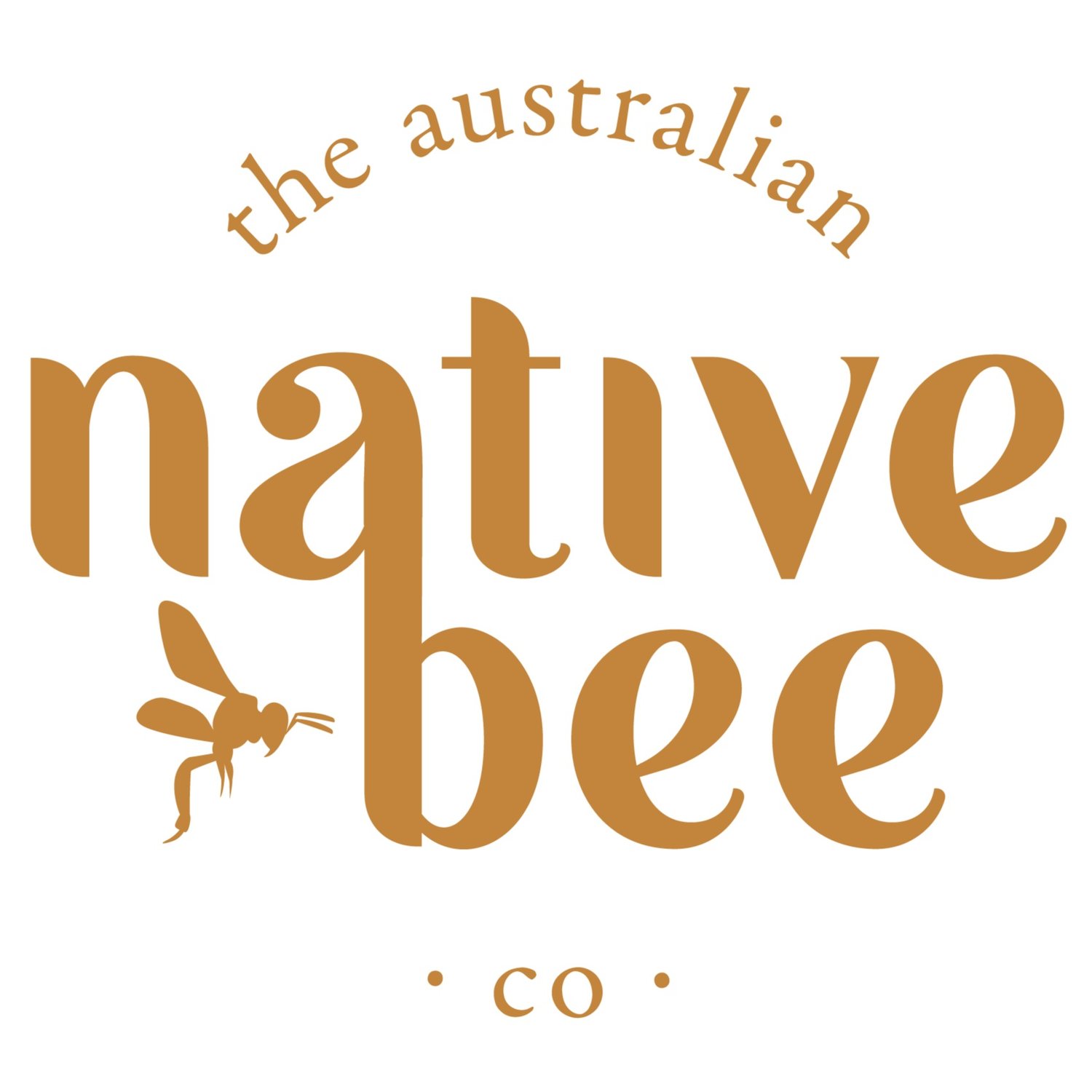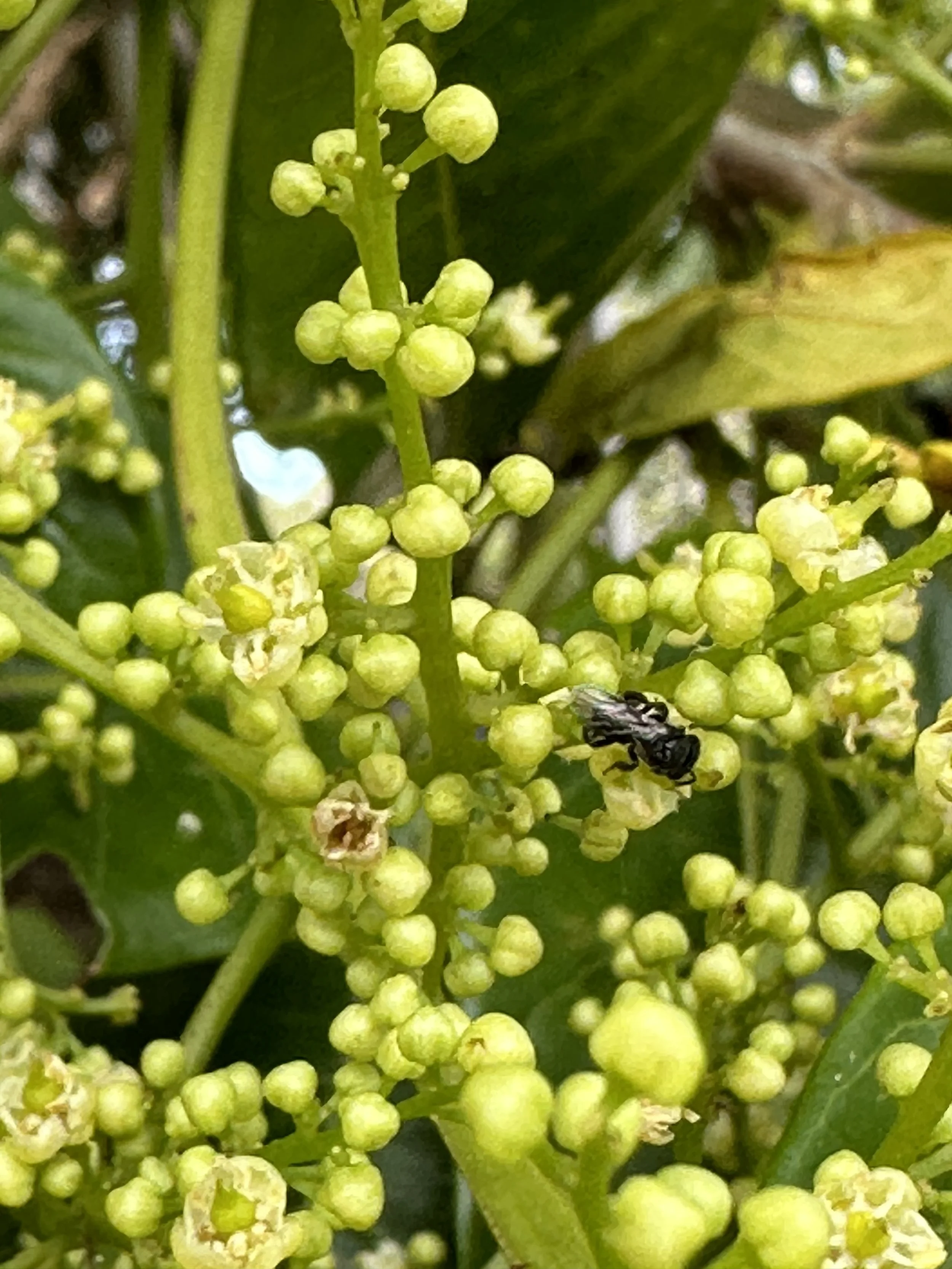Plant of the Month - Tuckeroo
Let's talk Tuckeroo! - also known as Cupaniopsis. This native tree is a bit of a celebrity in Australia, especially along the east coast where it has been a go-to choice for street trees for the last few decades.
Why? Well, once they settle in, they're as solid as they come. Droughts, different soil types, coastal weather - you name it, they can handle it.
Tuckeroo isn't just tough, it's also a really important tree for our native bees! Its likely that tuckeroo are one tree that has been coexisting with native bees for many hundreds of years. They prefer a similar climate to native bees.
The Tuckeroo produces small creamy green flowers that are the perfect size for native bees to access. Between April and July, Tuckeroo bursts into bloom, giving up a spread of nectar and pollen for our native bees. This is an ideal time for bees to be gaining access to flowers as they need to stockpile their resources for winter. The reason that good source of flower before winter is important is because as the morning and evening temperatures drop, it restricts the number of hours in the day where bees can forage. The lower temperatures in winter also means that the bees use up more resources in the hive when they are trying to keep the brood area at a constant warm temperature.
Now, for the practical side. With a bit of pruning, you can keep them tamed to a backyard-friendly size. If you are pruning for the native bees in mind, a prune after flowering is the best time.
So, if you're keen on supporting local biodiversity, consider adding a Tuckeroo to your yard. Not only will it provide you with beauty , but you'll also be giving our hardworking bees a much-needed boost. Win-win, right?
Tuckeroo can be found at your local native nursery or online at the link below.
https://www.australianplantsonline.com.au/cupaniopsis-anacardioides-tuckeroo.html




